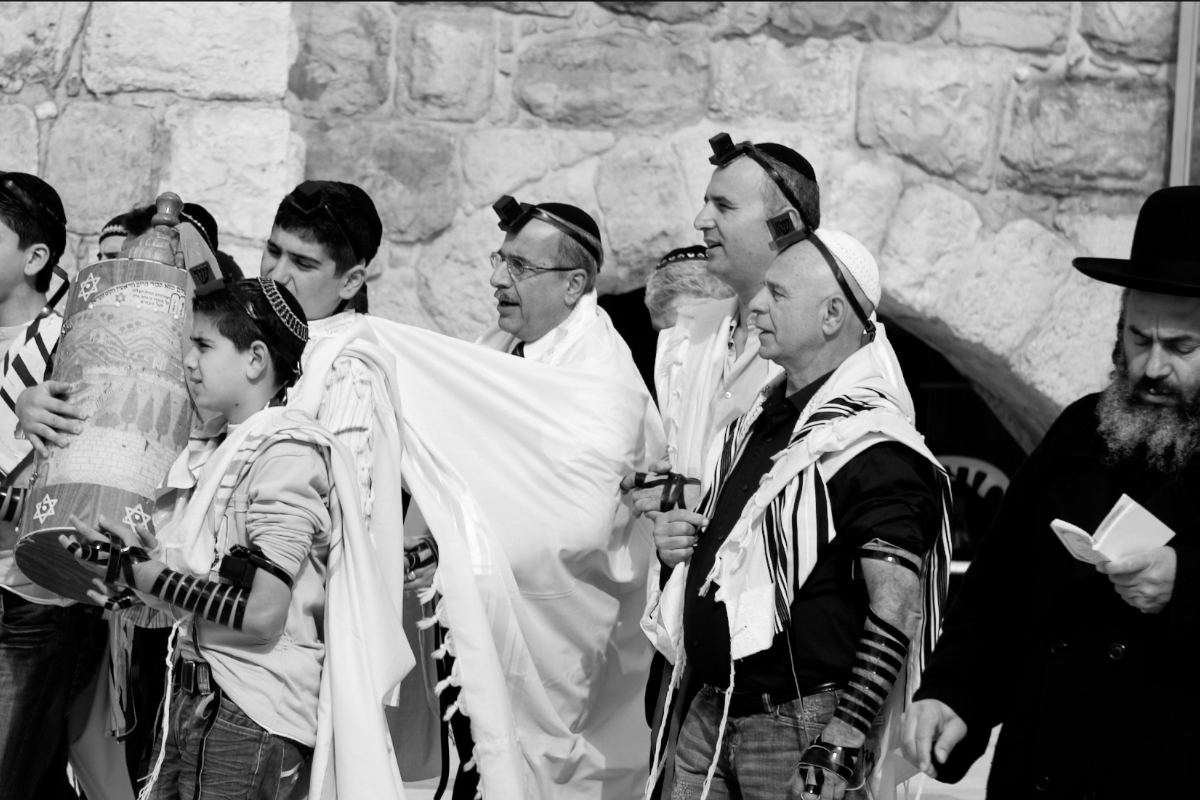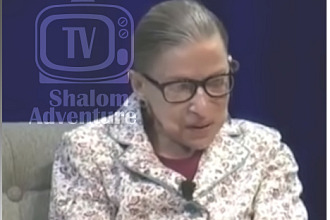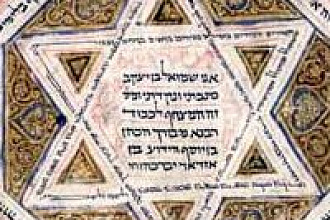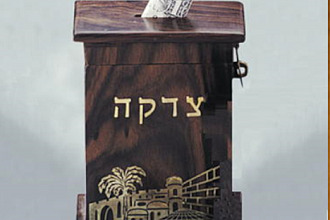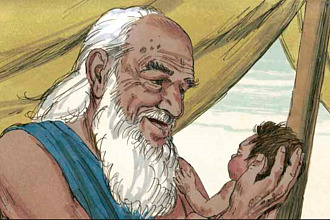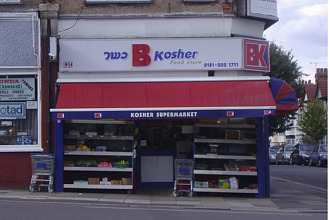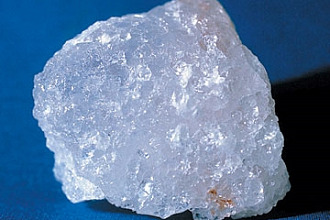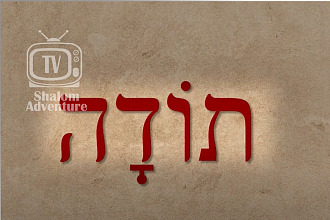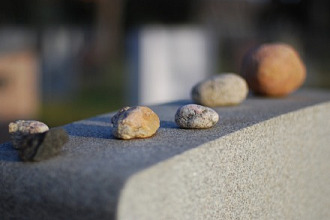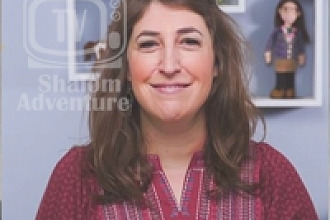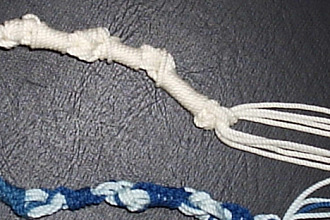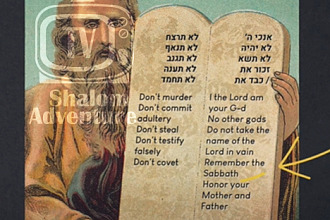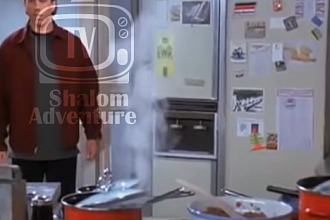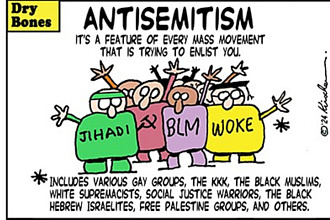When a young boy reaches the age of thirteen, he is termed a bar mitzvah, which literally means a son of commandments or son of good deeds. For girls, the term is bat mitzvah. It is at this age that the child is considered old enough to start taking part in the worship service. According to Jewish custom, the parents are accountable before God for the actions of the child up to this time. But at the age of 13 children are considered old enough to answer for themselves before God in the Day of Judgment.
Traditionally on the Shabbat preceding the 13th birthday, the child is called to stand in front of the congregation and read from the Torah as well as a portion from the Jewish prophets, also known as the haftarah. It was at around this age that the Messiah Y’shua went to the Temple in Jerusalem for the first time in His life.
It is good for young children to learn to be involved in the public worship service and to take responsibility for their actions. Parents with young children should realize the sacred responsibility of teaching and training their children to love and follow God with all their hearts, souls, and minds. As we teach the Scriptures and are loving examples when our children are young, as they mature they are much more likely to be so filled with God’s presence that they can truly be called sons and daughters of good deeds, a bar and bat mitzvah. As King Solomon said, “Train a lad in the way he ought to go; he will not swerve from it even in old age” (Proverbs 22:6).
Originally from: Jewish Discoveries by Jeff Zaremsky, page 85, which contains a total of 22 fascinating chapters of biblical history and lessons plus 25 rich Jewish tradition sections, and 27 powerful testimonies, with over 40 beautifully rendered professional works of art all on over 300 jam packed pages. You can own this treasure by visiting Jewish Discoveries.

